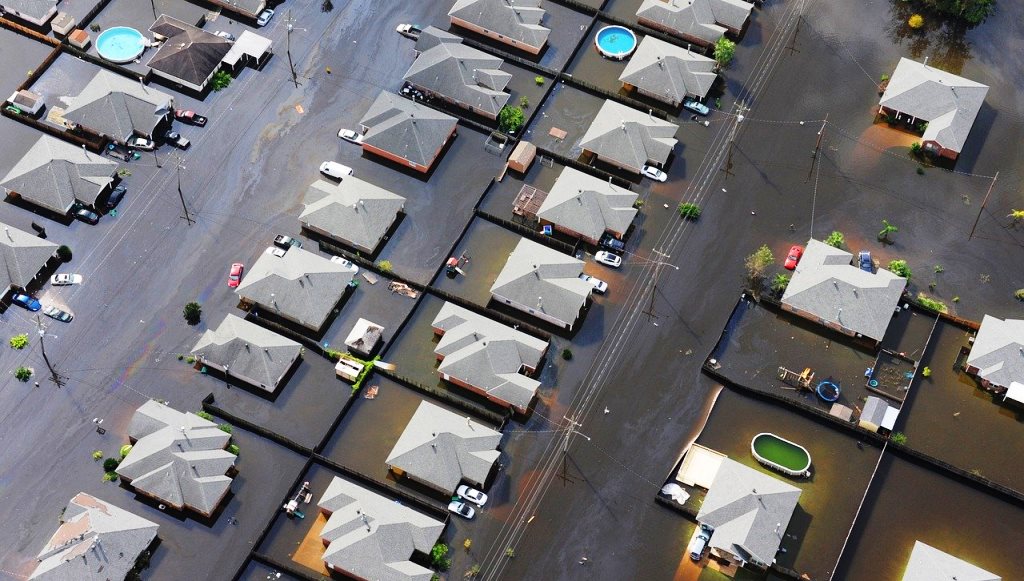On August 13, 2020, over $17 million from the Lake Ontario Business Resiliency Program was awarded to over 140 businesses in shoreline communities to assist with restoration and resiliency efforts from prior flooding events, and to strengthen businesses against future flooding.
“We know that climate change is real and there’s no such thing as a ‘hundred-year flood’ – it’s the new normal and we need to be prepared for anything Mother Nature sends our way,” New York Governor Andrew M. Cuomo said. “The Lake Ontario Business Resiliency Program is providing critical help to businesses to repair the damage from repeated flooding while strengthening their resiliency efforts as they build back better than before.”
The grants were awarded to affected businesses in the eight county area that surrounds Lake Ontario and the St. Lawrence River as part of the Governor’s Resiliency and Economic Development Initiative, which was established in response to devastating flooding along shoreline communities in 2017 and 2019.
REDI Co-Chair and Empire State Development Acting Commissioner and President & CEO designate Eric Gertler said, “Thousands of New York State businesses span the shorelines of Lake Ontario and the St. Lawrence River and rely on these bodies of water for their way of life. Many of these businesses were severely impacted by reoccurring flooding and high-water levels and this funding will help build these businesses back stronger and smarter than ever before so they can withstand future flooding events and remain integral components of their communities.”
The multi-agency REDI Commission has been studying ways to strengthen infrastructure along Lake Ontario’s waterfront while bolstering the region’s local economies. Through REDI, the State has committed to rebuilding the shoreline, as well as improving resiliency in flood prone regions along Lake Ontario.
Secretary of State Rossana Rosado said, “New York State remains steadfast in its commitment to helping the REDI communities and businesses along the shores of Lake Ontario build back better. The Department of State is pleased to have worked closely alongside ESD to help applicants identify project solutions that address resiliency to flooding and that also make business sense. This funding will be essential for the Lake Ontario economy to remain open for business during future extreme water levels. We look forward to continuing to engage communities along the shoreline on using more resilient approaches that will position them for a brighter and more secure future.”
This funding was made available to support resiliency-related capital improvement projects at affected businesses and other eligible organizations, which qualified for reimbursement of up to 50% of project costs, with a maximum award of $200,000.
REDI Co-Chair and DEC Commissioner Basil Seggos said, “When 2019’s high water levels inundated Lake Ontario and the St. Lawrence River region, Governor Cuomo launched a comprehensive and collaborative approach to consider all the economic impacts, especially on small businesses throughout the region. The funding awarded through the Business Resiliency Program is instrumental to helping communities rebuild better and smarter, and I applaud the Governor and ESD for their ongoing commitment to providing these important resources along the Great Lakes coast.”
Eligible applicants included most private businesses, homeowner’s associations, certain not-for profits, farms, and owners of multiple dwellings used for business purposes located in the eight-county coverage area. Eligible capital projects will reduce the applicant’s vulnerability to risks that were experienced during the high-water events along the shores of Lake Ontario, the St. Lawrence River and other nearby waterways such as flooding or erosion. Examples of eligible projects included:
- Elevating and or moving, landward, non-water dependent features such as offices, restrooms, stores, restaurants, parking or boat storage;
- Raising/relocating fueling facilities;
- Converting to floating docks or other docks that allow for movement with water levels (adapted to both high and low water) such that docks can raise to a minimum elevation;
- Strengthening existing dockage by evaluating and strengthening connection points between dock sections (typically the weakest point in a dock’s design); and
- Retaining and/or creating vegetated buffers along the waterfront.
All applications were reviewed in consultation with the New York State Department of State to ensure that projects met the program’s resiliency project requirements.

